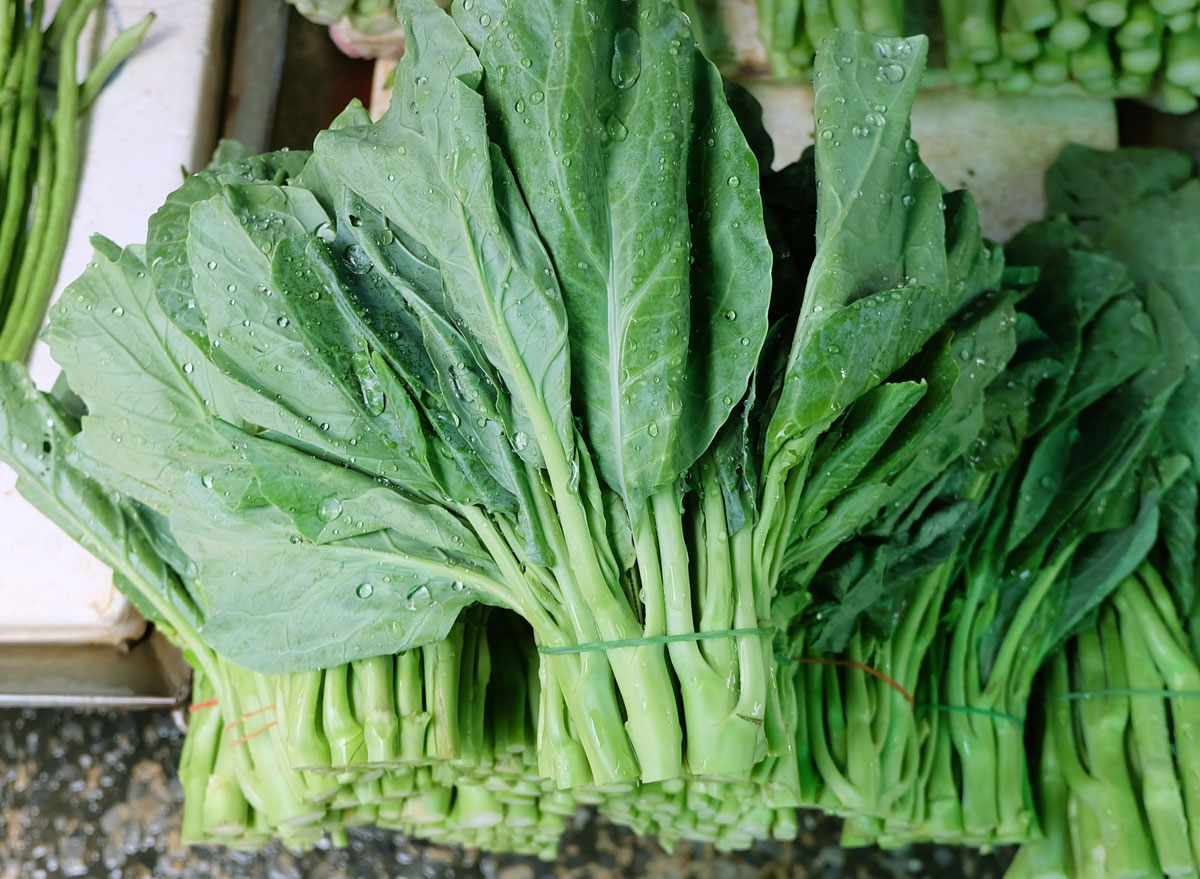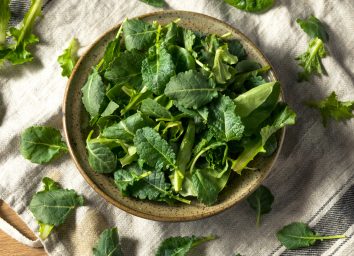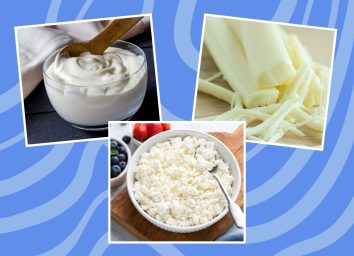The #1 Best Leafy Green to Eat, According to a Dietitian

You really can't go wrong when it comes to including leafy greens in your diet. Even though these cruciferous, nutritious veggies—like collard greens, kale, Swiss chard, and spinach—look and taste similar, that doesn't mean they have the same nutritional profile.
In fact, some leafy greens have more health benefits than others. For example, darker greens tend to be more nutrient-packed, while lighter greens contain more water. If you're looking to add one of the most nutrient-dense greens to your grocery list for the week, here's why the best leafy green to eat is collard greens, according to a registered dietician. (Related: One Major Side Effect of Eating Leafy Greens, Say Dietitians)
Why collard greens are the #1 best leafy green.
"I recommend collard greens to clients because they are delicious and pack a nutritional punch. Collards are a highly nutrient-dense leafy green, providing protein, fiber, calcium, iron, magnesium, vitamins A, C, E, and K," says April Panitz, MS, RDN, CDN, and a co-founder of Amenta Nutrition. "They aid in bone, blood, skin, and eye health and provide immune support. Collards are low calorie, help one to feel full and satiated, delicious, and versatile to cook with."
This leafy green veggie, which boasts just 11 calories per cup, comes from the same vegetable family as broccoli, cauliflower, and kale—the Cruciferous or Brassica family of vegetables.
Let's dive into all of the incredible benefits you'll reap by adding collard greens to your diet:
Collard greens are high in protein.
Eating only a cup of collards delivers nearly as much muscle-building protein as a small egg, according to Panitz. "One cup of cooked collard greens supplies over 5 grams of plant protein, the building blocks of cells, muscles, bones, and skin," she adds. "[Protein] is also important for hormone production and immune functions."
READ MORE: 20 Vegetables Ranked By Protein
Collard greens contain high levels of many minerals.
And the nutritional benefits of collard greens don't end at their impressive protein content. "Collards are high in calcium, which is important for bone building, blood clotting, and nerve and cardiac function; non-heme iron, which helps to transport oxygen in the blood; and magnesium, which aids in protein and fatty acid synthesis," Panitz says.
Collard greens are a great source of many essential vitamins.
"Collards are an excellent source of vitamin A, which is involved in immune function, vision, reproduction, cellular communication, and assists with the health of the intestines and respiratory system," Panitz adds.
"They're also a great source of vitamin C, which aids in collagen formation, immune function, and wound healing; vitamin E, an antioxidant that helps to prevent the destruction of red blood cells; and vitamin K, which is needed for blood clotting."
In fact, the vitamin K content of collard greens is especially high, with 530 micrograms per half-cup, boiled. For reference, that's approximately 500% of a person's daily vitamin K needs.
Collard greens are an excellent source of fiber.
What's more? The impressive fiber content of a serving of collard greens can help prevent weight gain. "Collards provide over 7 grams of fiber (25% of the daily value), which helps to fill one up, have been shown to reduce weight gain over time, help keep one regular, and have been shown to protect against cardiovascular disease," Panitz says.
Collard greens may help lower your risk of breast cancer.
According to a 2010 study published in the American Journal of Epidemiology, eating collard greens and a handful of other cruciferous vegetables may lower a person's chance of receiving a breast cancer diagnosis.
Collard greens may help lower your cholesterol levels.
Additionally, research has shown that collard greens possess some amazing cholesterol-lowering benefits, especially when they're steamed. A study published in the journal Nutrition Research compared the effectiveness of the prescription drug Cholestyramine to steamed collards, and the collards handily came out on top. More specifically, the greens improved the body's cholesterol-blocking process by an impressive 13% more than the drug.
READ MORE: 17 Foods That Lower Cholesterol
How to cook collard greens to reap these nutritional benefits.
When it comes to preparing collard greens, steaming them is only one of the many ways you can reap their benefits.
"They are extremely versatile and easy to use in the kitchen," Panitz says. "One can sauté them as a side dish or add to pasta and soups, use the leaves as a wrap, or use them as a salad base."
Not a fan of collard greens? You can enjoy some similar benefits by opting for spinach—here's What Happens to Your Body When You Eat Spinach, Science Says. For more healthy eating news, make sure to sign up for our newsletter!








